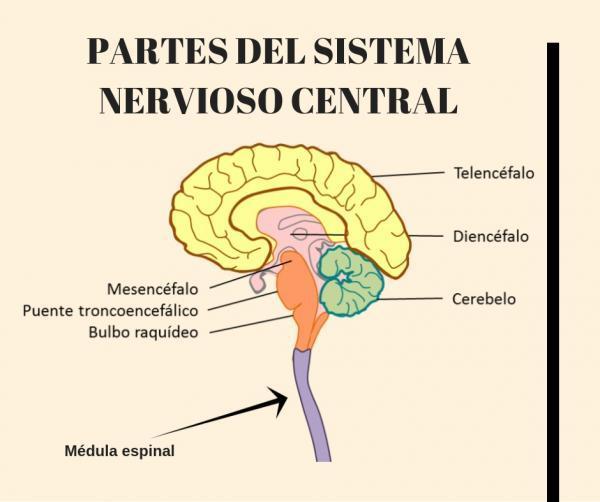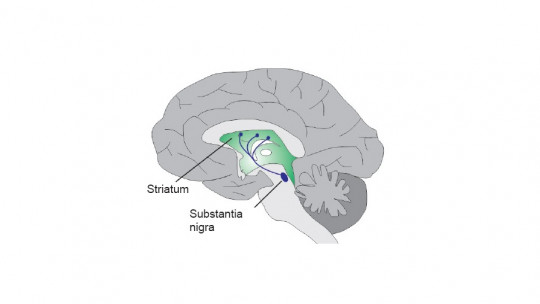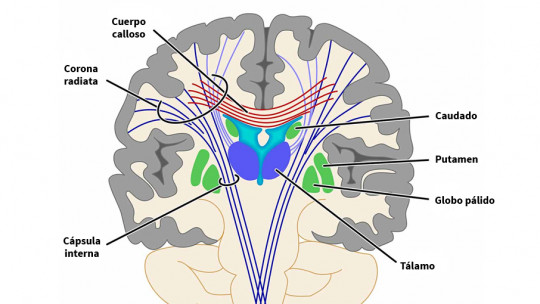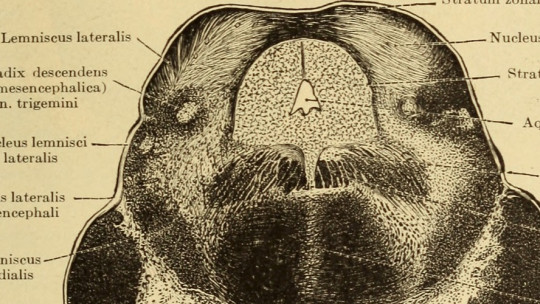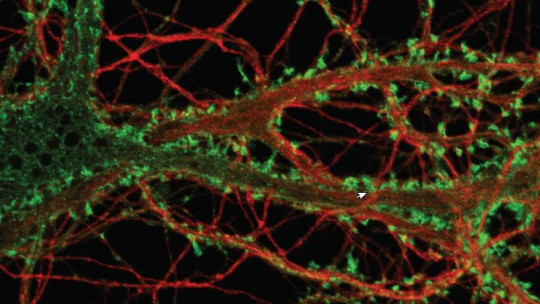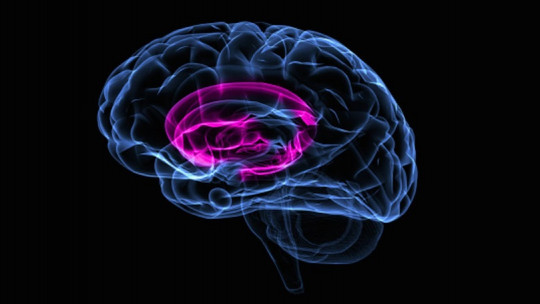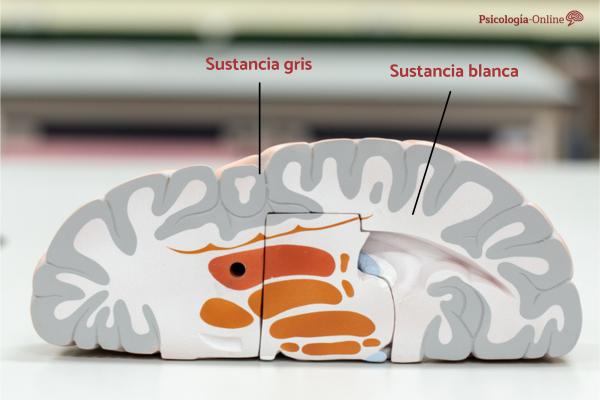The striatum, or rather “nuclei”, as it is made up of several structures within the brain, is one of the most important nuclei in motor control and reward circuits, which is why it is involved in the maintenance of consumption behaviors.
You have probably heard of dopamine as a neurotransmitter involved in drugs, but it is not so common to talk about the striatum or the insula, another large structure involved in this dopaminergic circuit related to drugs. Do you want to know more about this topic? In this PsychologyFor article, we will talk to you about striatum: what it is, its function and location In more detail. We will also show you information about the insula, the structure of the striatum and the relationship with dopamine and drugs.
What is the striatum
The striatum is a set of cores located inside the cerebral hemispheres, in the so-called telencephalon, and which are part of the basal ganglia. The striatum may also be called the striatum or lenticular nucleus.
In response to which basal ganglia form the striatum, the lenticular nucleus is made up of 3 structures: the caudate, the pallidum, and the putamen. In turn, these 3 structures that form the striatum make up two nuclei:
- Lenticular core: formed by the pallidum and the putamen.
- Neostriate nucleus: formed by the caudate and the putamen.
Additionally, the striatum includes the nucleus accumbens, which is also called the ventral striatum. If we made a phylogenetic division From the striatal nucleus we would have the paleostriatum, formed by the pallidum, and the neostriatum, formed by the caudate, the putamen and the accumbens.
Function of the striatum
If you are wondering what the striatum does, you should know that one of its main functions is motor control. The subthalamic nucleus, together with the striatum and the substantia nigra, form a system called the basal ganglia. These ganglia are responsible for modulate motor function through a feedback loop with the cerebral cortex and thalamus.
Therefore, the functions of the striatum related to motor control are the following:
- Planning and initiation of movements.
- Selection of motor programs, activating certain sequences of movements and inhibiting others.
Furthermore, the striatum is closely related to the neural substrate of reinforcement, especially the nucleus accumbens, which will be one of the most important structures in relationship with pleasure as well as with drug abuse and consumption, as we will see later.
Dysfunctions associated with the striatum
If any of the structures of the striatum were affected, diseases such as those we will see below could manifest.
Parkinson’s disease
This disease can occur due to degeneration of dopaminergic neurons of the nigrostriatal pathway. Affectation of this pathway causes the most characteristic symptoms of this disease:
- Muscular stiffness.
- Tremor at rest.
- Akinesia: difficulty initiating voluntary movements.
- Bradykinesia: slowing of movements.
If you want to know about this disease generated as a result of damage to any of the structures that make up the striatum, we recommend the following article on Parkinson’s Disease: general characteristics of the patients.
Huntington’s chorea
This disease is triggered as a consequence of the degeneration of GABAergic and cholinergic neurons of the caudate and putamen nuclei of the striatum. This is a hyperkinetic disorder characterized by uncontrolled movements, such as muscle spasms.
Where is the striatum located?
The striatum is a set of subcortical structures found in the telencephalon, inside the hemispheres that constitute a region of gray matter. In this article you will find more information about the right and left brain hemispheres.
If you want to expand your knowledge that answers in detail about where the striatum is located, we recommend this article on the Central Nervous System: Functions and parts.
Insula of the striatum
The insular lobe or insula is part of the structures that make up the striatum or lenticular nucleus. This area can be found by manually opening the lateral fissure, Sylvian fissure, since it is not visible on the surface because it is covered by the frontoparietal and temporal opercula.
The insula of the striatum is divided into two parts separated by the central insular sulcus:
- Previous part: in which there are three short turns, the posterior, middle and anterior.
- Back: that supports posterior and anterior turns.
Relationship of the striatum with dopamine and drug
On the one hand, there are studies suggesting that the insular cortex, more specifically the posterior area, is related to relapse and the desire for nicotine, both in humans and rodents. Furthermore, studies such as that of Sánchez-García, A. (2020)(1),show an alteration in the integration of the insular cortex in the prefrontal networks in those cocaine dependent individuals with specific sites altered such as the ventral anterior insular and the dorsal anterior/medial, although larger scale research would be needed.
On the other hand, we have the neurons of the nucleus accumbens that project to the ventral part of the basal ganglia, involved in learning. In this sense, there are different factors that cause the dopamine release in this striated nucleus, causing a reinforcing effect. Let’s see which ones:
- Reinforcing electrical stimulation of the medial proencephalic tract or ventral tegmental area.
- Drug use, such as cocaine or amphetamines.
- Natural reinforcers such as food, sex or water.
The domina stimulates synaptic plasticity, facilitating the long-term associative empowerment in the nucleus accumbens according to existing data, along with other structures such as the amygdala and the prefrontal cortex, which would play an important role in maintaining the substance use
If you want to know more about the relationship of the striatum with dopamine and drugs, in this article you will find information about the Effects of drugs on the nervous system.
This article is merely informative, at PsychologyFor we do not have the power to make a diagnosis or recommend a treatment. We invite you to go to a psychologist to treat your particular case.
If you want to read more articles similar to Striated nucleus: what it is, function and location we recommend that you enter our Neurosciences category.
References
- Sánchez-García, A. (2020). Involvement of drugs of abuse in the insular area of the brain. Jaen University. Extracted from: Academic Works of the University of Jaén: Involvement of drugs of abuse in the insular area of the brain (ujaen.es)
Bibliography
- Carlson, N. R. (2014). Behavioral physiology. Madrid. Pearson Education, S.A.
- Jodar Vicente, M. (Coord.) (2013). Neurosciences. Barcelona. UOC Publishing.


